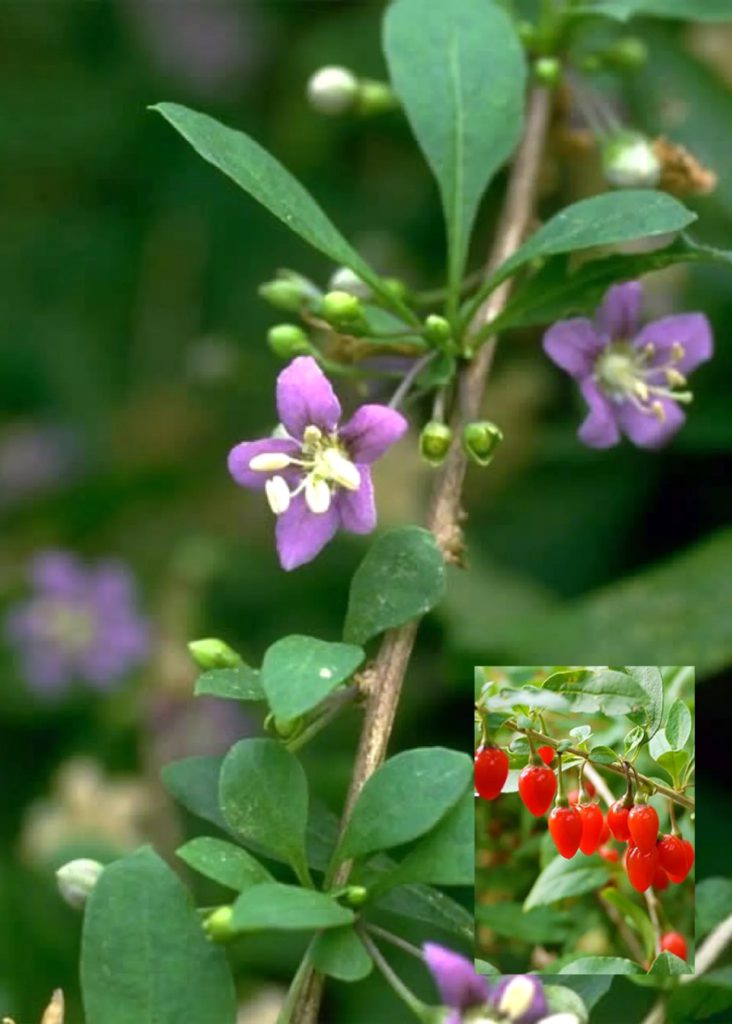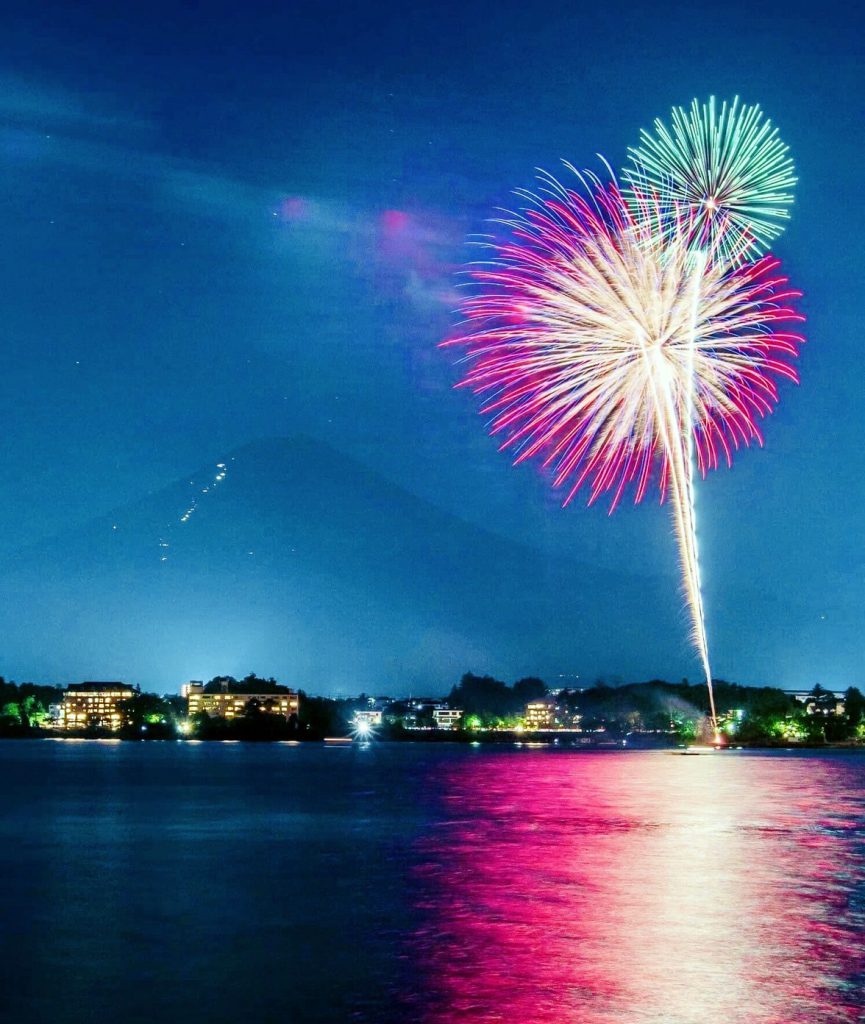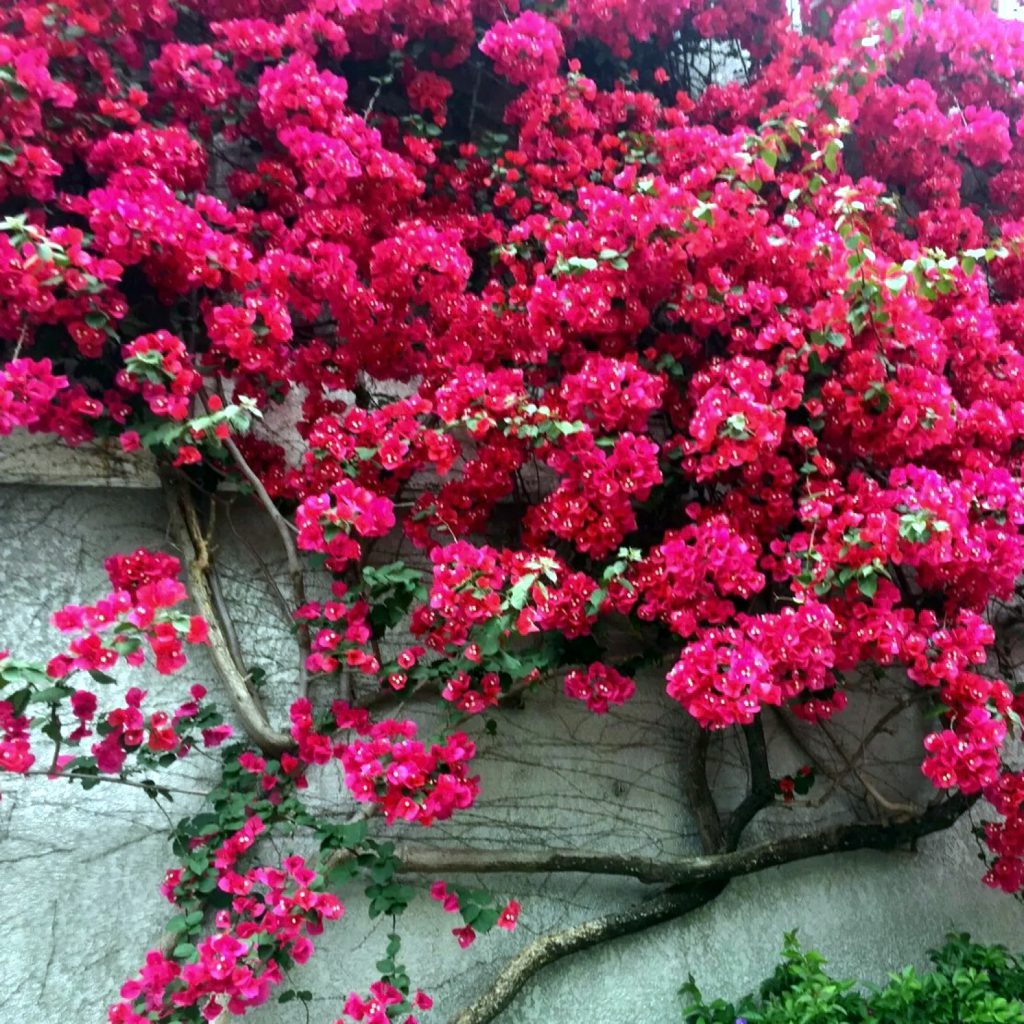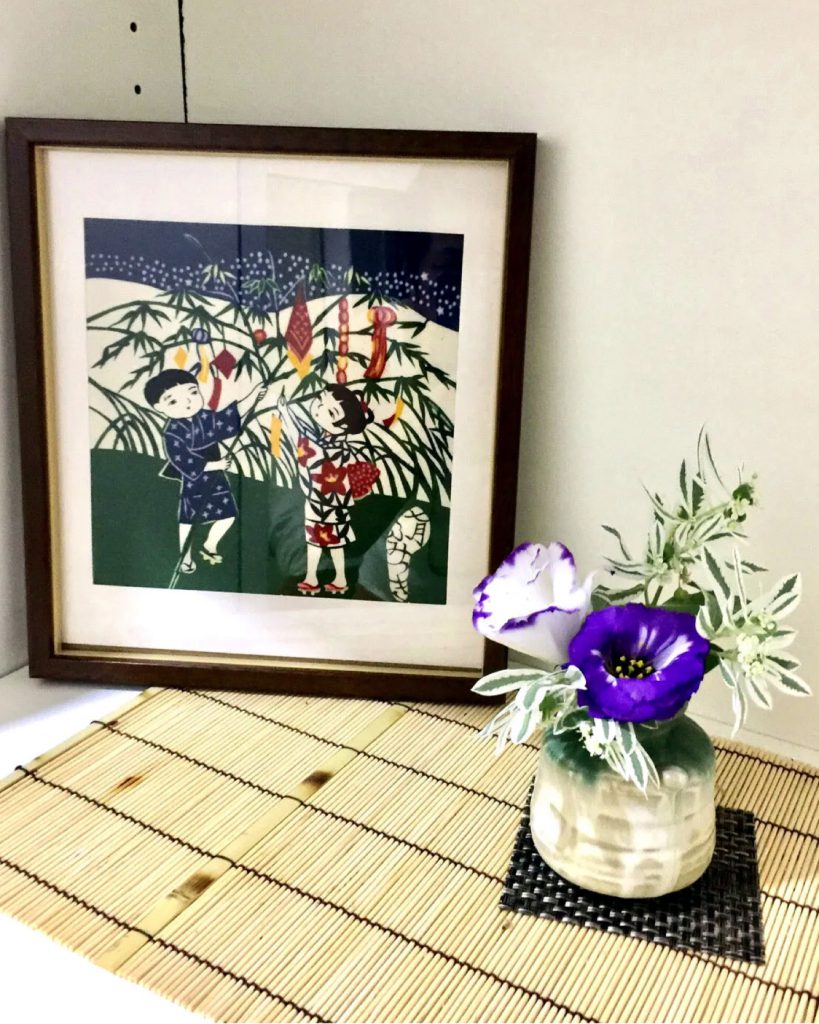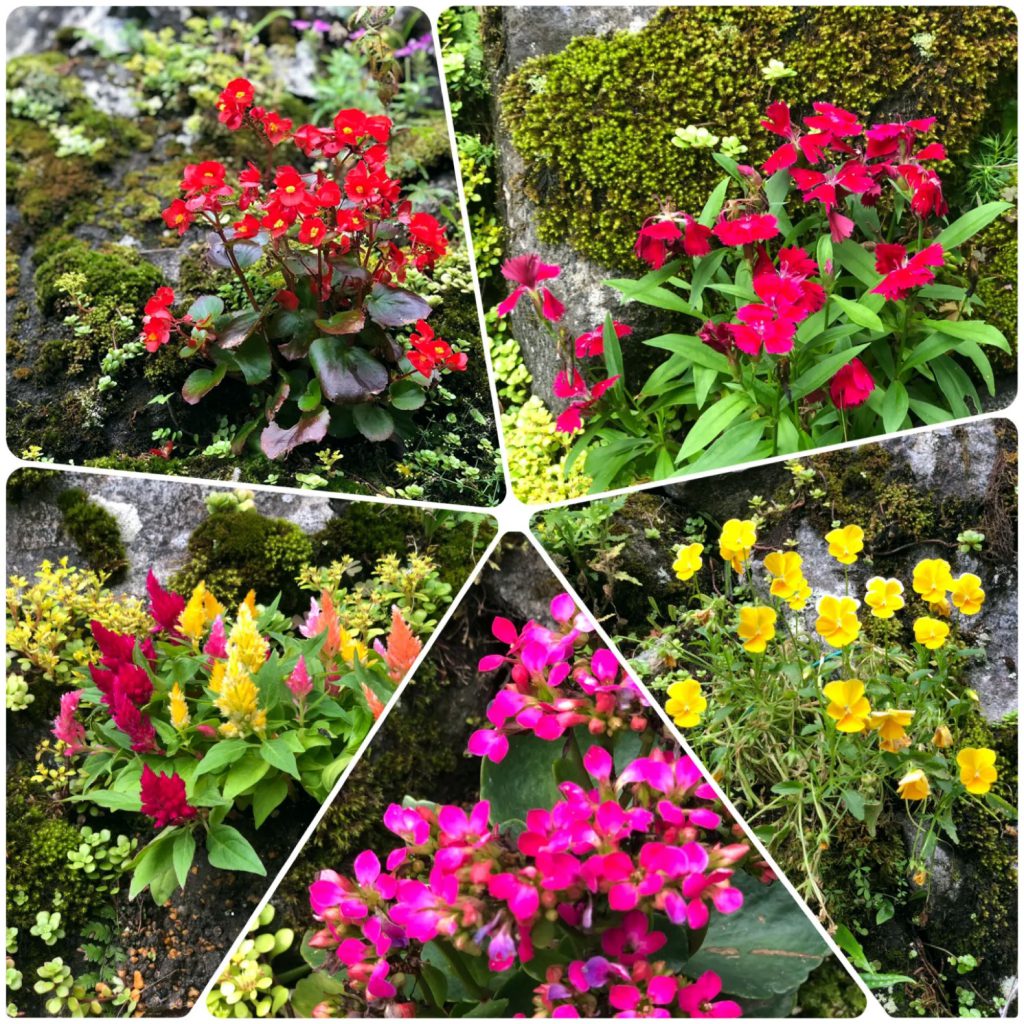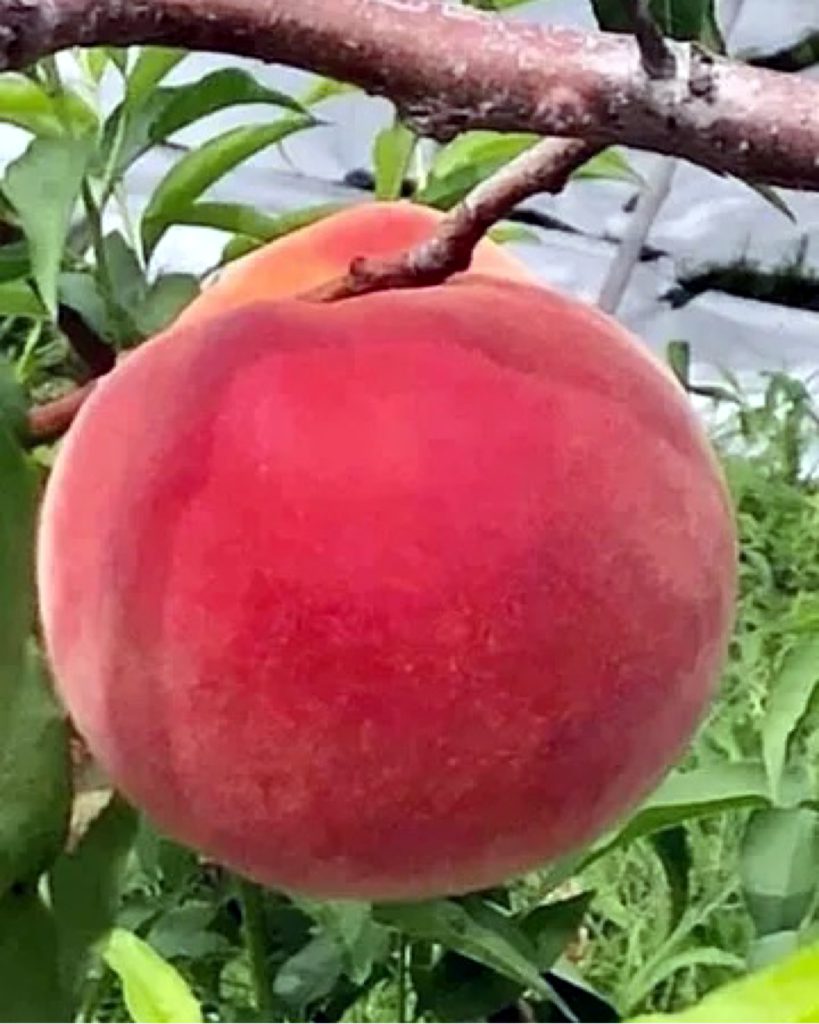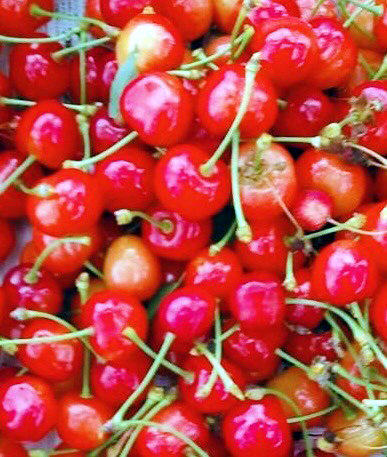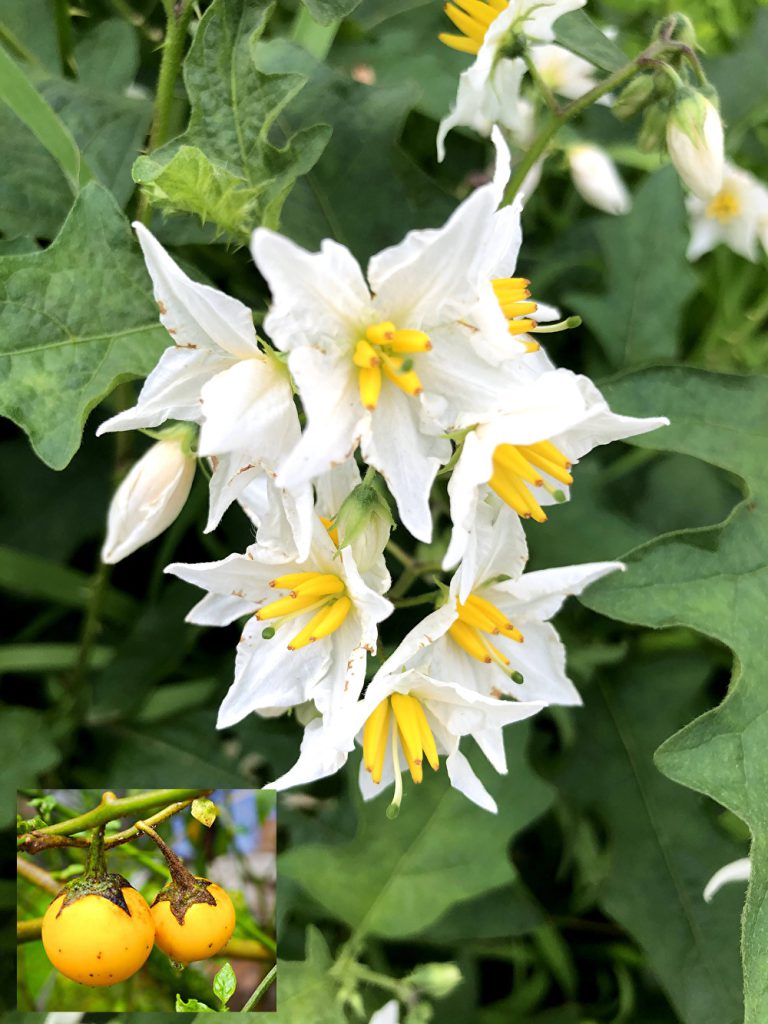
The nearby park has a country course laid with wood chips. This is my favorite course. A cute flower that looks just like a potato is blooming in one corner of the course. If you look closely at the leaves and stems, they are full of thorns. It’s a scary outfit that is incongruous for a cute flower. Its name is Waru-nasubi (evil eggplant). It is a notorious weed. The godfather is Dr. Tomitaro Makino. He was also attracted to the beauty of the flowers and planted them in his garden, but contrary to the beauty, there were many sharp spines on the stems and leaves, and he couldn’t even touch the plants. In addition, it is fertile, and torn rhizomes and roots are quickly revived with only a few centimeters left. It seems that he was at a loss for the badness of the bad nature. There is an anecdote that he gave it the name because of its badness. Even in English, it is notorious for “Apple of Sodom” and “Devil’s tomato”. In autumn, it bears round fruits of about 1.5 cm and turns yellow when ripe. This fruit is also toxic and can become inflamed when touched by the juice from the stems, leaves and cuts of the fruit. From a different point of view, for Waru-nasubi, this is also for the preservation of seeds.
近くの公園には、ウッドチップを敷き詰めたカントリーコースがあります。お気に入りのコースです。今そのコースの一角にジャガイモの花にそっくりの可愛い花が咲いています。葉や茎をよく見ると棘だらけ。可愛い花とは似ても似つかない恐ろし気な装いです。その名も悪茄子。悪名高い雑草です。名付け親は牧野富太郎博士。先生も花の美しさに惹かれ庭に植えましたが、その美しさとは裏腹に茎や葉には鋭い刺が多数あり、迂闊に触れない。さらに、繁殖力が強く、ちぎれた地下茎や根が、ほんの数センチ残っただけですぐに復活する。そのタチの悪さに始末に困り果てたそうです。そのタチの悪さからこの名前を付けたと言う逸話が残っています。英名でも「Apple of Sodom」とか「Devil’s tomato」などの悪名で呼ばれています。秋になると1.5cmほど丸い果実をつけ、熟すと黄色くなります。この果実も有毒ですし、茎や葉、果実の切り口からでる汁に触れても炎症を起こします。見方を変えれば、悪茄子にとっては、あれもこれも種の保存の為なんですね。

